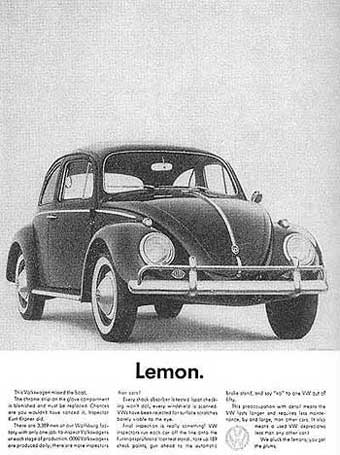Pop quiz: Which of the following two paintings was made by Leonardo Da Vinci (a Renaissance painter from the early 1500s), and which was made by Pablo Picasso (a surrealist from the early 1900s)?

Trick question! Both are Picasso’s.
Picasso didn’t start out doing crazy, inventive things; he first learned the rules of standard, classical painting and proved himself a master of that genre. A genius in fact — he completed “The First Communion” (the painting on the left) when he was just 15 years old.
There are those who look at “Dora Maar au Chat” (the painting on the right) and can’t understand how it can even be called “art,” much less good art, important art, certainly not worth $95 million dollars, which it sold for at auction in 2006.
But “The First Communion” proves something important: That Picasso painted “crazy stuff” because it was exactly what he wanted to paint, not because he wasn’t able to paint “properly,” and not because it was the only thing he could do. It was a choice.
The choice is everything. Had Picasso never proven he could paint classically, he could be dismissed as a hack. When you know the rules, you’re allowed to break the rules.
This lesson applies all the time. Let’s take a cardinal rule of advertising: “Never use negative words in headlines.” You don’t want people associating negative words with images of your product, not even subconsciously. It’s important both for advertising and branding.
Volkswagon broke this rule with fantastic results:

“Lemon” is about the worst thing you can say about a car, yet there it is. Gets your attention, doesn’t it? The fine print underneath is brilliant with an casual style that is as effective and relevant today as it was in the 1960s:
This Volkswagen missed the boat.
The chrome strip on the glove compartment is blemished and must be replaced. Chances are you wouldn’t have noticed it; Inspector Kurt Kroner did.
There are 3,389 men at our Wolfsburg factory with only one job: to inspect Volkswagens at each stage of production. (3000 Volkswagens are produced daily; there are more inspectors than cars.)
Every shock absorber is tested (spot checking won’t do), every windshield is scanned. VWs have been rejected for surface scratches barely visible to the eye.
Final inspection is really something! VW inspectors run each car off the line onto the Funktionsprufstand (car test stand), tote up 189 check points, gun ahead to the automatic brake stand, and say “no” to one VW out of fifty.
This preoccupation with detail means the VW lasts longer and requires less maintenance, by and large, than other cars. (It also means a used VW depreciates less than any other car.)
We pluck the lemons; you get the plums.
It’s effective only because the authors understood how to break the rule. They played with words exactly enough to get your attention but not so subtly that you missed the point. Without appreciating the rule, the balance might not have been achieved.
There’s no rule that can’t be broken, so long as it’s broken with purpose. Rules exist to guide us — a reasonable default when we don’t have a better idea — but they’re not a straightjacket. In fact, the truly innovative, inspired ideas are frequently the result of breaking a rule that no one else is willing to break.
But if you never bothered to learn the rules, you’re probably just mistaken.
P.S. Picasso’s full name was: Pablo Diego José Francisco de Paula Juan Nepomuceno María de los Remedios Cipriano de la Santísima Trinidad Clito Blasco y Picasso López. It was so hard, even Wikipedia got it wrong!